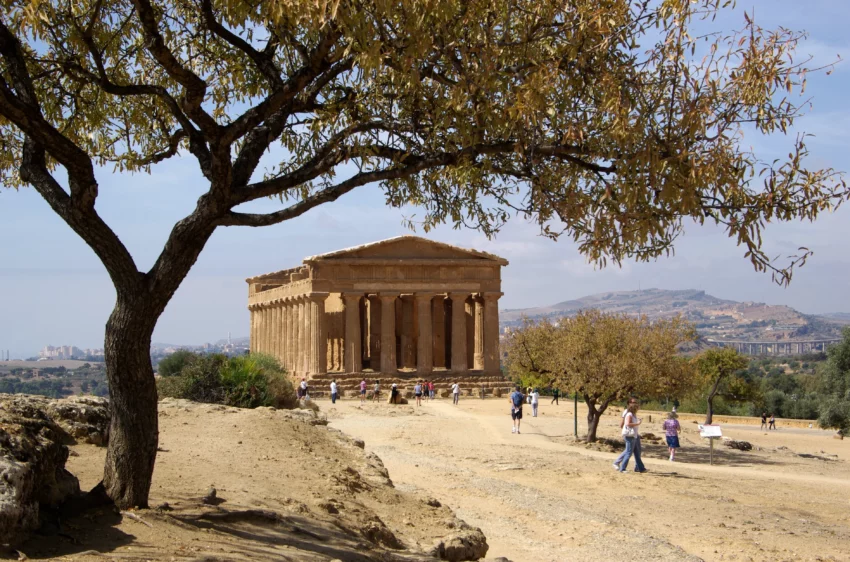The Historical Tapestry of Agrigento: A Journey Through Time
Agrigento, a city steeped in history on Sicily’s southern coast, serves as a testament to the rich cultural and architectural legacy of the Mediterranean. Founded around 582 BC by Greek colonists from Gela, Agrigento, originally known as Akragas, quickly rose to prominence during Ancient Greece’s golden age. Under the leadership of Theron in the 5th century BC, the city saw a surge in public works and the construction of magnificent temples.
Get your dose of History via Email
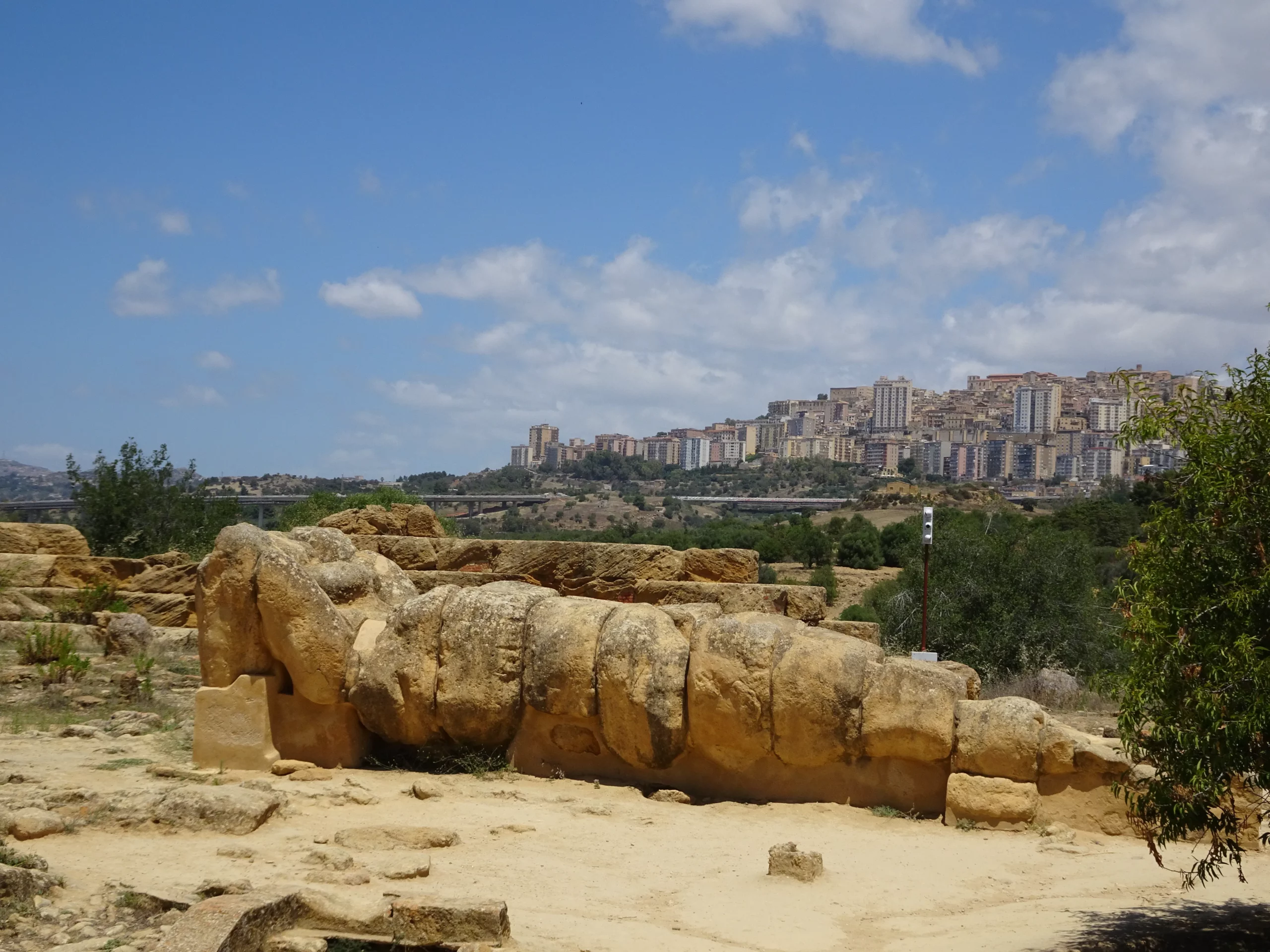
From Greek Colony to Roman Stronghold
Strategically positioned on a plateau, Agrigento benefited from natural fortifications and proximity to vital rivers, Hypsas and Acragas. This advantageous location facilitated its expansion, reaching its zenith in the early 5th century BC. The city’s influence extended deeply into Sicily, thanks in part to its control over key overland routes. This period also marked the beginning of coin minting in Agrigento around 520 BC, signifying its economic prosperity.
The Emmenid Dynasty and Beyond
The Emmenid period, particularly under Theron’s rule starting around 488 BC, was marked by significant military and architectural achievements. Theron’s victory at the Battle of Himera in 480 BC against Carthaginian forces solidified his control and led to monumental building projects like the Temple of Olympian Zeus. However, the city’s fortunes waned after Theron’s death, leading to periods of democracy and oligarchic rule punctuated by conflicts with neighboring powers.
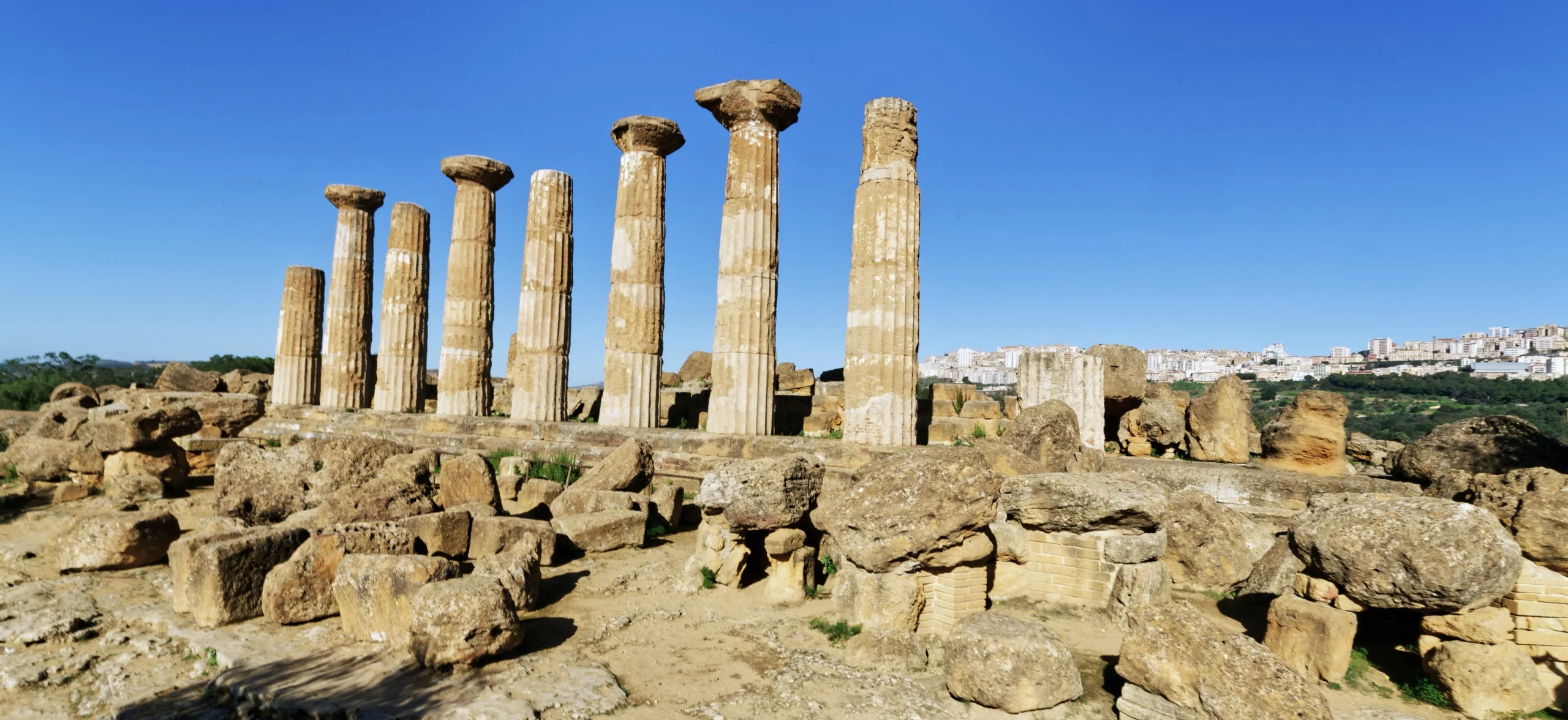
Agrigento Under Roman Rule
The Roman conquest in the First Punic War brought a new chapter to Agrigento, renamed Agrigentum. Despite suffering during the Second Punic War, the city flourished under Roman governance, becoming a vital port and economic hub. Notable Romans, including Cicero, recognized its significance, and the city’s inhabitants enjoyed full Roman citizenship after Julius Caesar’s assassination in 44 BC.
Challenges of the Middle Ages and Renaissance
The fall of the Western Roman Empire ushered in a turbulent era for Agrigento, with control passing between the Vandals, Ostrogoths, and Byzantines. The city faced numerous raids and was eventually overtaken by the Saracens in 828 AD. Despite these challenges, Agrigento experienced a revival under Norman rule, changing its name to Girgenti and establishing new architectural landmarks.
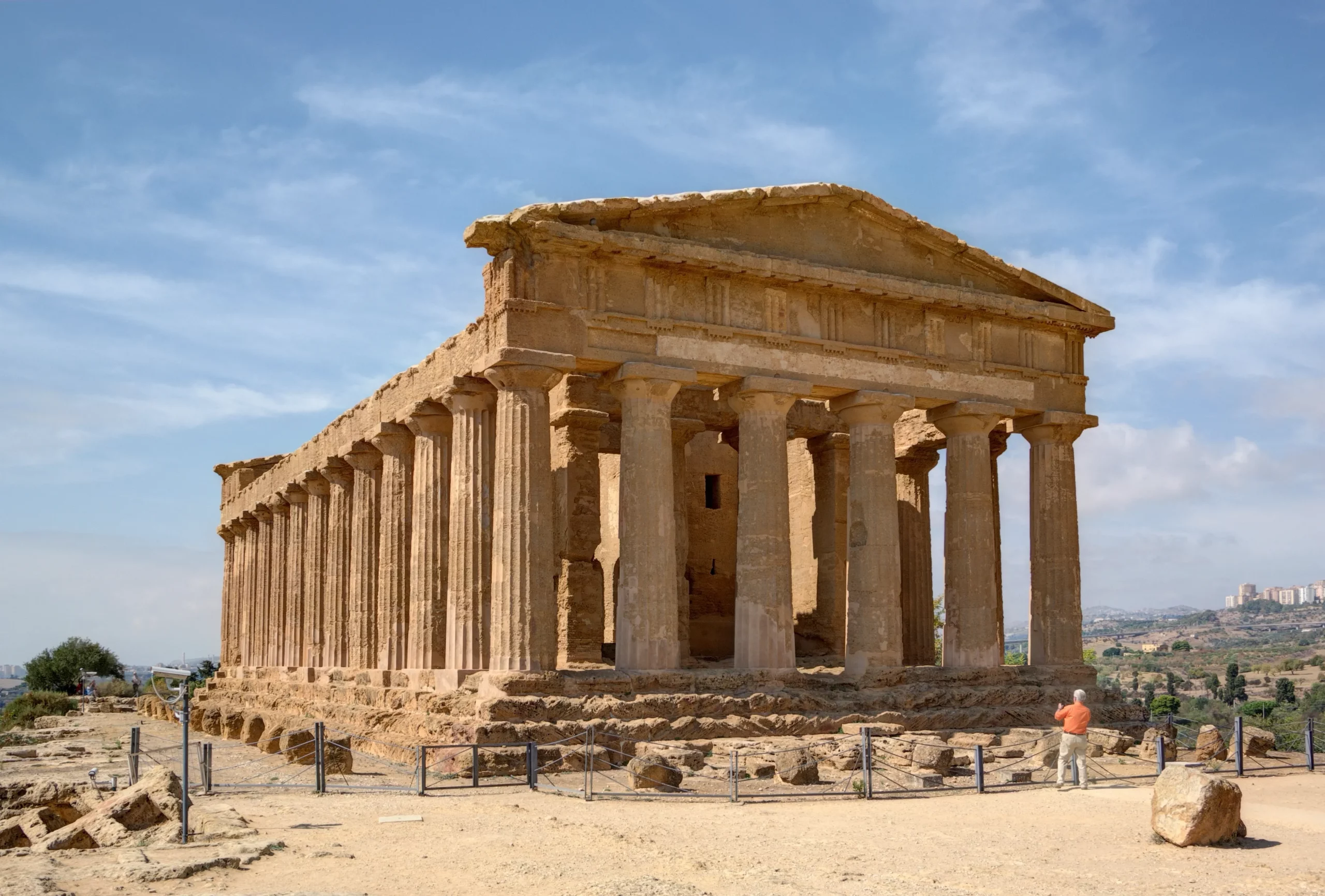
Agrigento in Modern Times
The modern period saw Agrigento embracing its historical roots while participating in significant national events, such as the unification of Italy. The city’s name was Italianized to Agrigento in 1927, a change that remains a point of contention. Today, Agrigento is a vibrant tourist destination, celebrated for its archaeological sites like the Valley of the Temples, a UNESCO World Heritage Site featuring some of the best-preserved Ancient Greek temples.
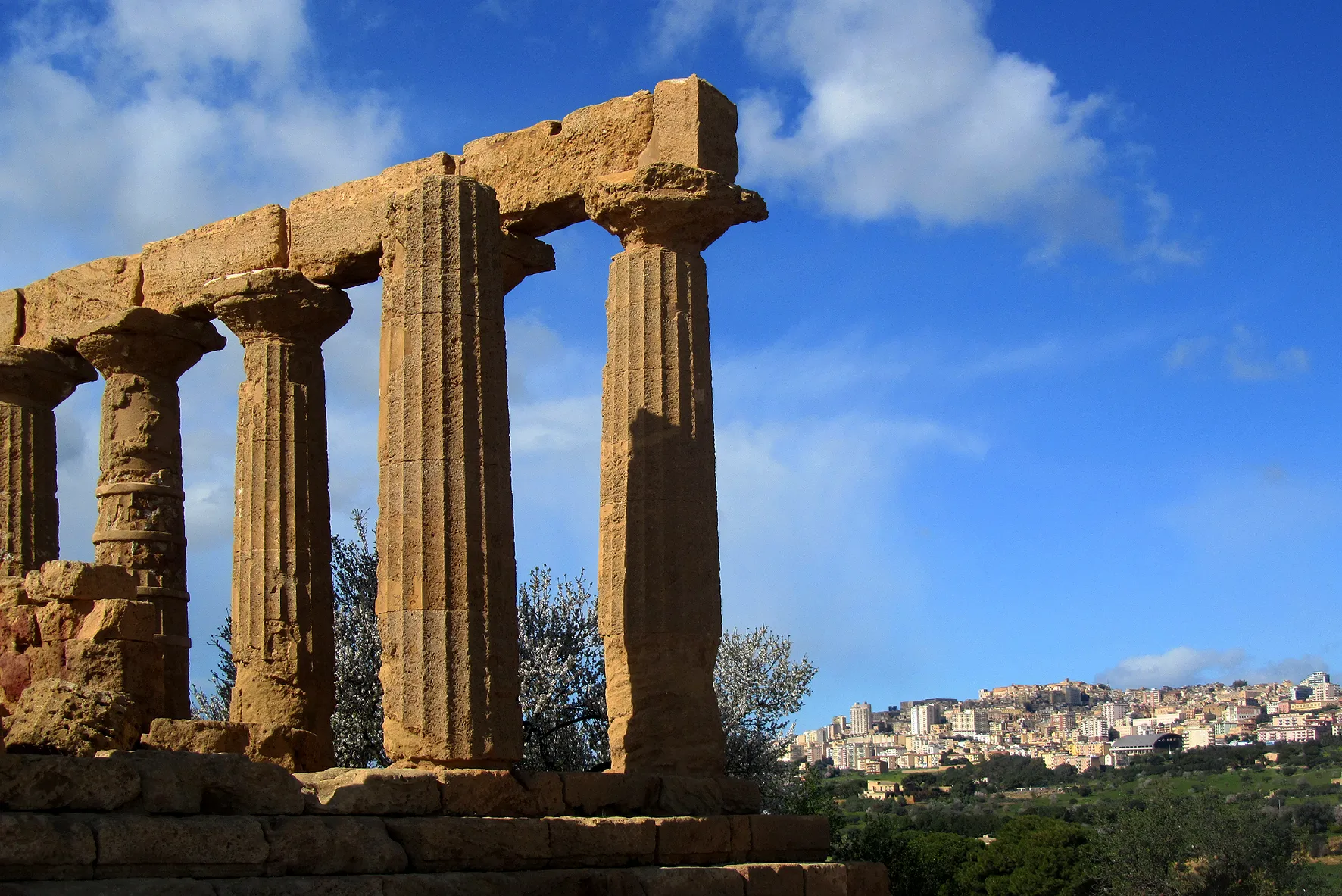
Conclusion
Agrigento’s journey through time, from a powerful Greek city to a key player in Roman politics and a resilient survivor of the Middle Ages, underscores its enduring legacy. Its rich history not only tells the story of a city but also reflects the broader cultural and historical shifts in the Mediterranean region. Agrigento remains a beacon of the past, offering invaluable insights into the ancient world.
Sources:

